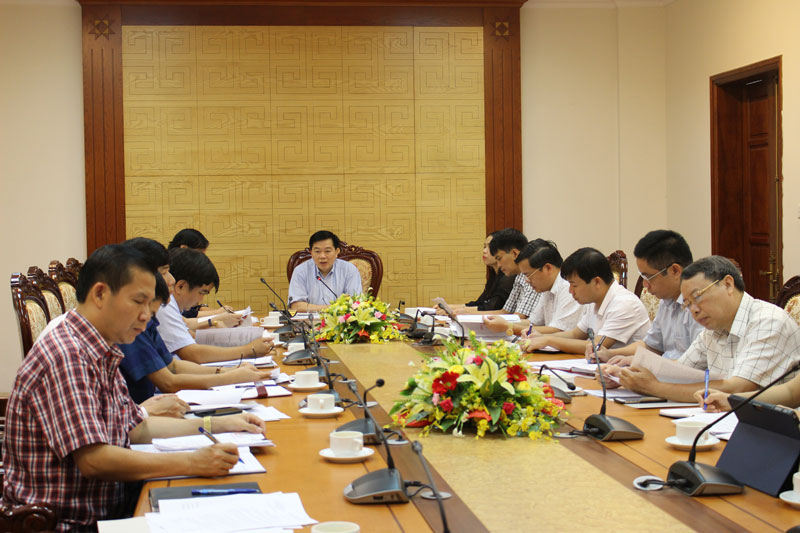
(HBO) – The People’s Committee of the northwestern mountainous province of Hoa Binh has convened a meeting to prepare for the culture and tourism week slated for November.
The provincial culture and tourism week aims to introduce and honour
traditional culture and national cultural heritage in Hoa Binh, while promoting
the locality’s tourism potential. It is expected to see the participation of
Hoa Binh’s neighbouring provinces.
The highlight of the programme is a beauty contest that honours the beauty of
local women, as well as the land and people of Hoa Binh in general. The winner of
the pageant will have a chance to work as Hoa Binh’s brand ambassador.
The qualification round of the contest will last from August 25 to September 12,
while the finale will take place from October 20 to November 3.
Speaking at the meeting, Vice Chairman of the provincial People’s Committee
Nguyen Van Chuong asked the organisers to ensure the progress of the festival.
Apart from tourism promotion, local products should be introduced during the
festival, he said, stressing the organisation of the "One Commune, One Product”
exhibition by the Ministry of Agriculture and Rural Development on this
occasion.
The auction of the holding of the beauty contest should be publicised and
contest rules announced no later than August 25, he said.
With an increasingly vibrant and widespread emulation movement aimed at building cultured residential areas and cultured families, Yen Thuy District has been making steady progress toward improving both the material and spiritual well-being of its people, while fostering a civilized, prosperous, beautiful, and progressive community.
Once lacking recreational spaces and community facilities, Residential Group 2 in Quynh Lam Ward (Hoa Binh City) has recently received attention for the construction of a new, spacious, and fully equipped cultural house. The project followed the model of state support combined with public contributions in both labor and funding.
The "All people unite to build cultural life" movement, which has been effectively integrated with Kim Boi district’s socio-economic development goals, is fostering a lively spirit of emulation across local residential areas, hamlets, villages, public agencies, and enterprises. In addition, through the initiative, traditional cultural values are being preserved and promoted, while community solidarity and mutual support in poverty reduction and economic development are being strengthened.
A working delegation of the Hoa Binh provincial People’s Committee led by its Permanent Vice Chairman Nguyen Van Toan on June 11 inspected the progress of a project to build the Mo Muong Cultural Heritage Conservation Space linked to tourism services in Hop Phong commune, Cao Phong district.
Born and growing in the heroic land of Muong Dong, Dinh Thi Kieu Dung, a resident in Bo town of Kim Boi district, in her childhood was nurtured by the sweet lullabies of her grandmother and mother. These melodies deeply imprinted on her soul, becoming an inseparable part of her love for her ethnic group's culture. For over 20 years, this love for her hometown has driven Dung to research, collect, and pass down the cultural values of the Muong people to future generations.
In the final days of May, the Ethnic Art Troupe of Hoa Binh Province organized performances to serve the people in remote, mountainous, and particularly disadvantaged areas within the province. These were not just ordinary artistic shows, but they were the meaningful journeys aimed at spreading cultural values, enhancing the spiritual life of the people and contributing to the preservation of ethnic minority cultural identities.


